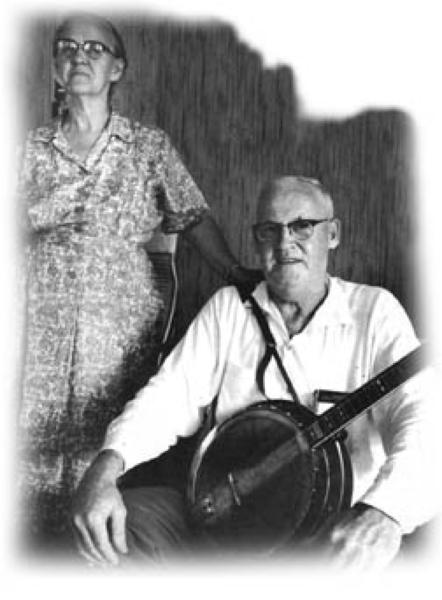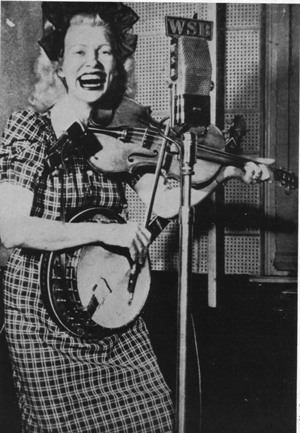
By Jack Wright
Originally published in The Old-Time Herald, Volume 6, Number 5, 1998
Introduction
Dock Boggs’ 1927 recordings of raw, powerful singing and distinctive banjo-playing have moved and influenced musicians, fans and scholars ever since their release. His songs that became especially well known include Country Blues, Sugar Baby, Oh Death, Prodigal Son, and Wise County Jail. With the release this year of the CD of Dock’s material, and the planned release on Smithsonian Folkways, his music is crossing new lines and reaching larger audiences.
 Dock was a coal miner in southwestern Virginia and
Dock was a coal miner in southwestern Virginia and



 Accompanied by his back-up band of
Accompanied by his back-up band of 